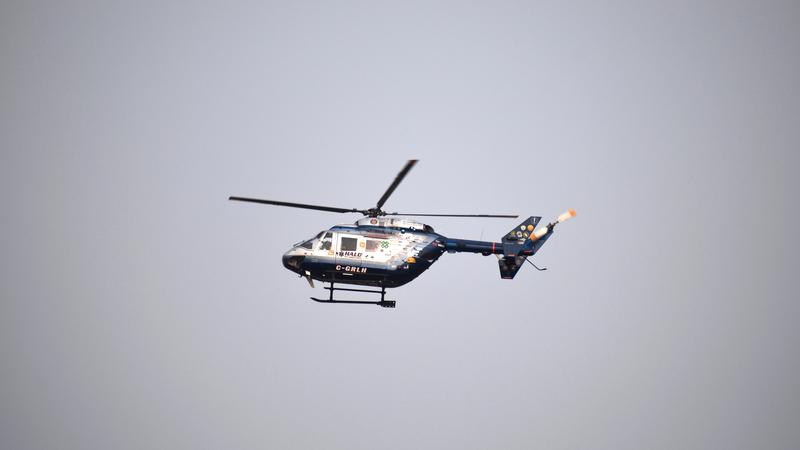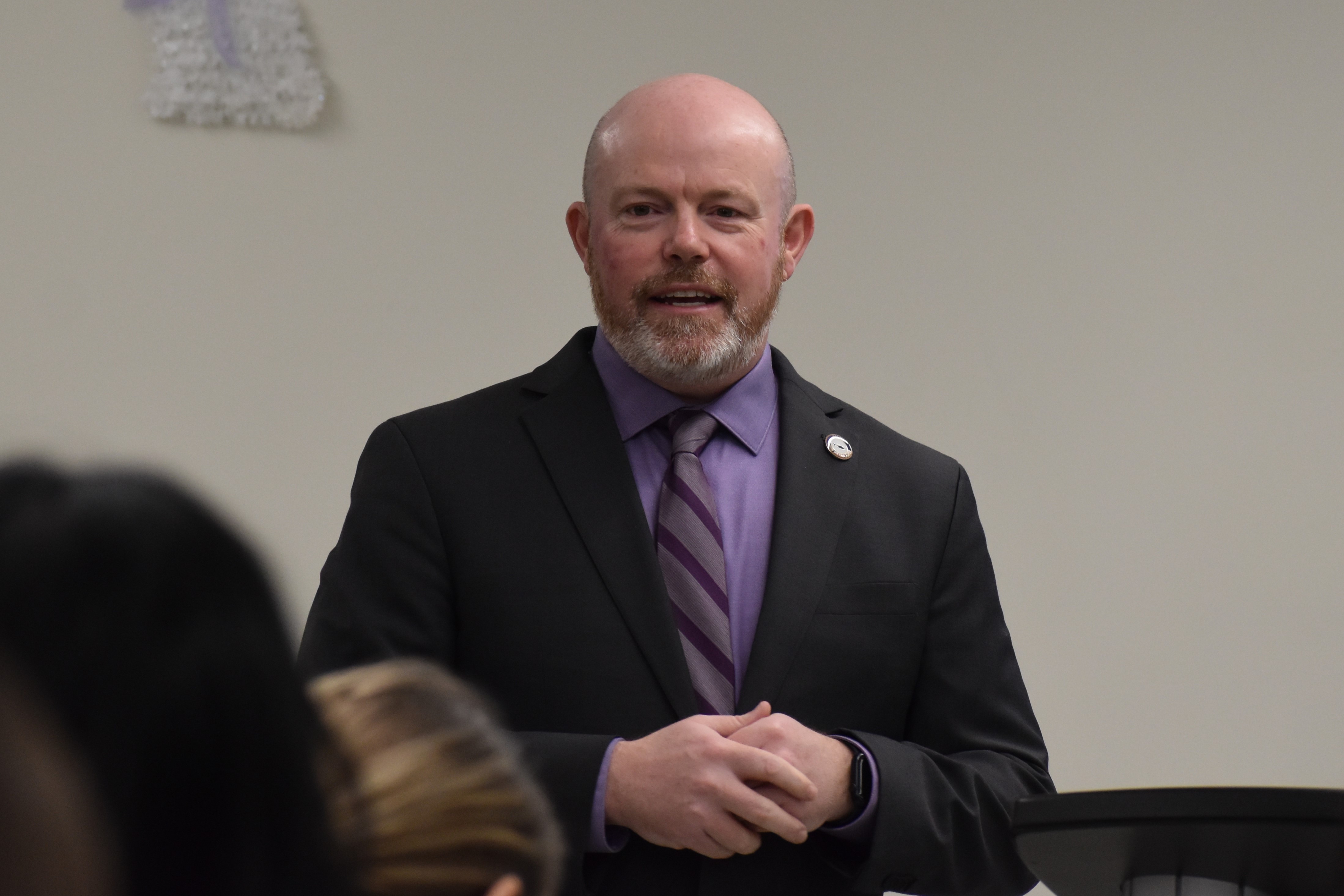
HALO Air Ambulance may need new heli for hospital landings, CEO says
HALO Air Ambulance will need to start considering the purchase of a new helicopter that can reliably meet changed standards to land on the Medicine Hat Regional Hospital’s helipad, its CEO Paul Carolan says.
Alberta Health and Transport Canada changed the designation for the hospital’s helipad to the most restrictive ranking in the country — known as H1 — for safety reasons.
It’s a performance-based requirement so that if a helicopter has an engine failure, it can still clear a built-up urban area by a certain height.

